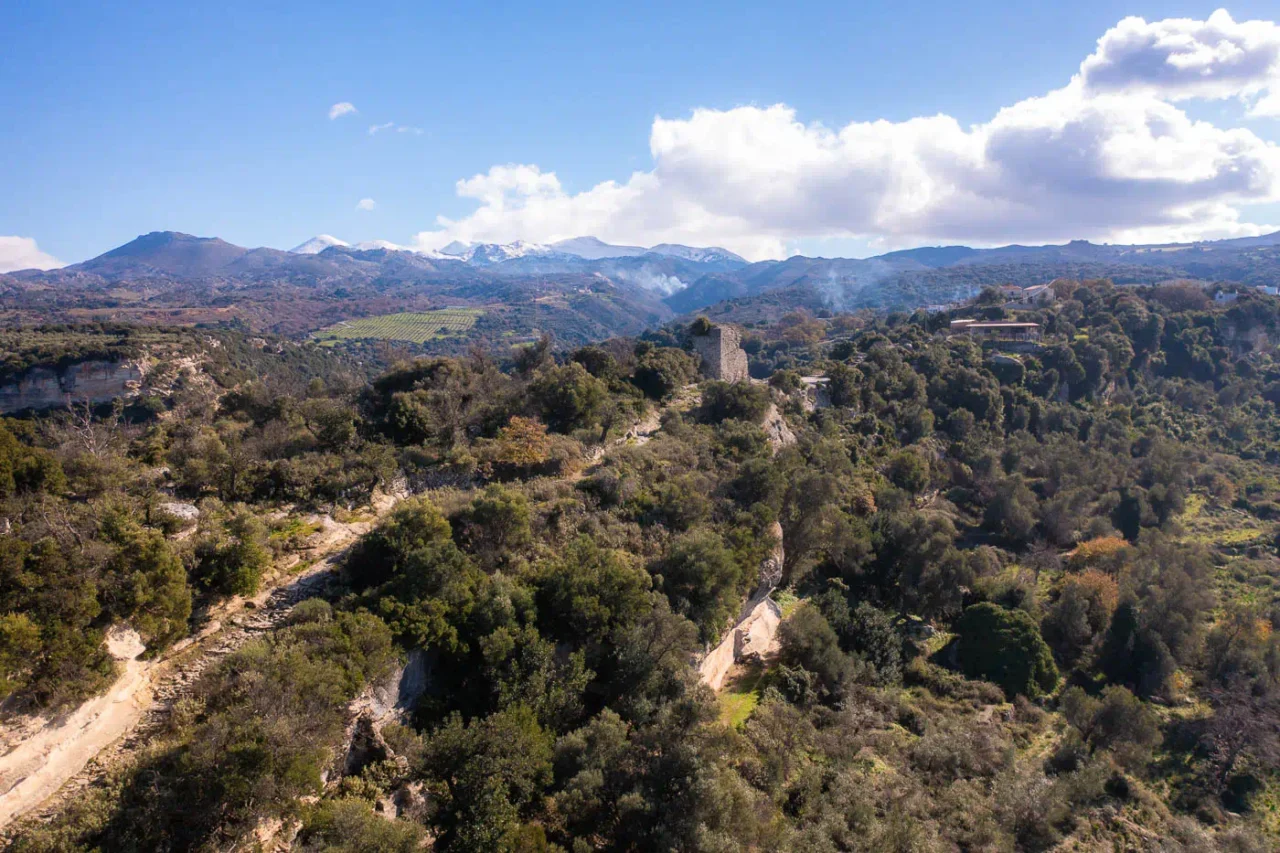
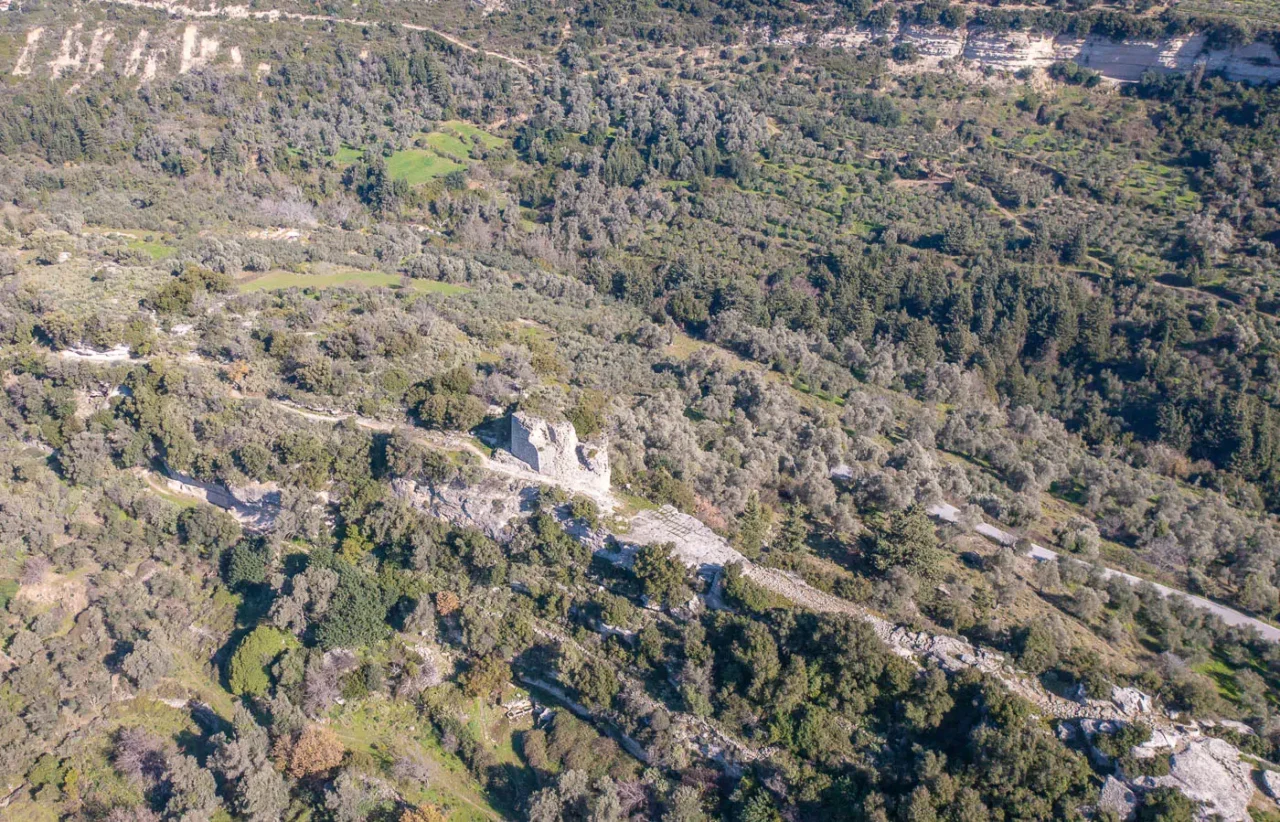
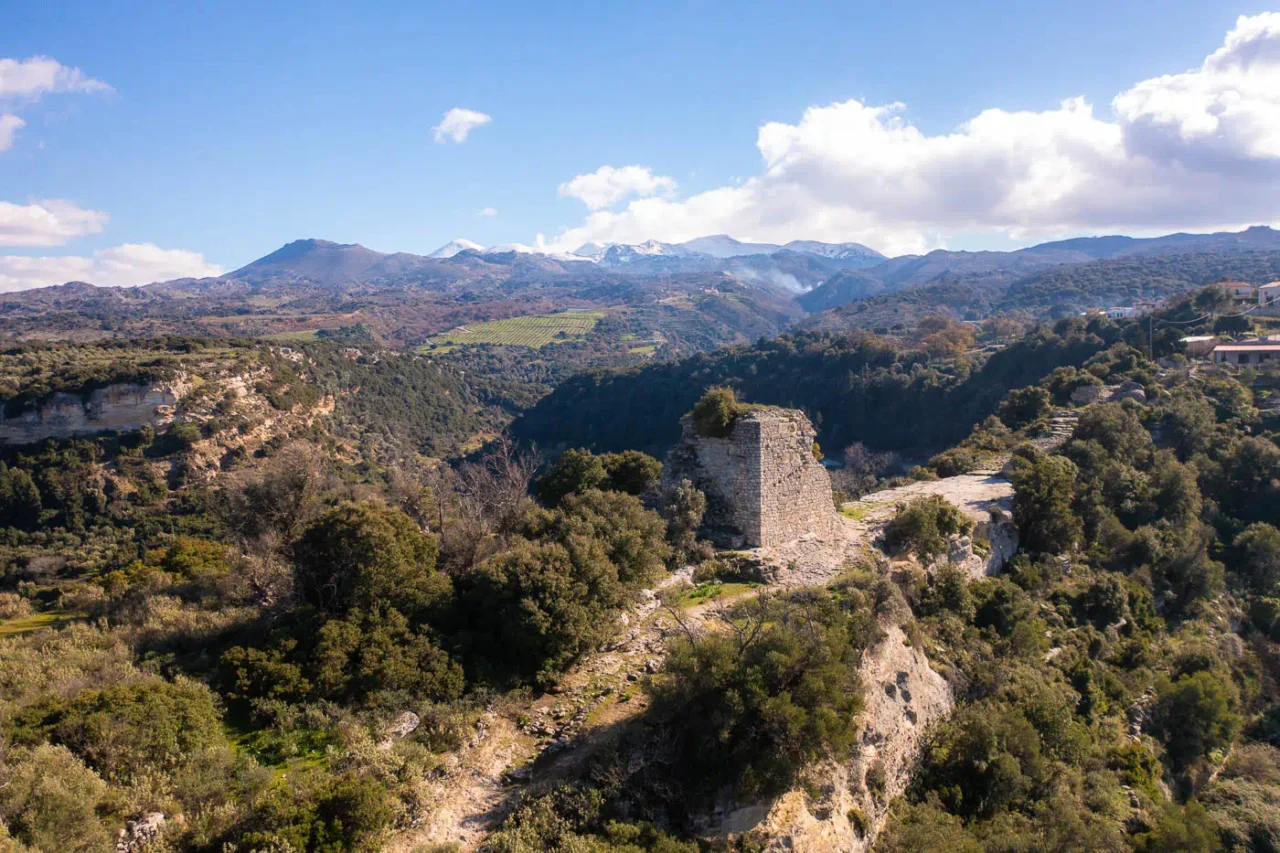
The Tower of Eleutherna, a prominent structure within the ancient city, holds significant historical and archaeological value. Positioned at the southern entrance to the acropolis, the tower served as a defensive stronghold, guarding the sole access point to the hilltop. Its strategic location on a narrow col with steep sides on either side made it a formidable obstacle for potential attackers. The tower’s construction, likely dating back to the Byzantine period, is believed to be built upon earlier foundations, suggesting a continuous defensive presence at this crucial entry point throughout different historical eras.
The tower’s historical significance extends beyond its defensive role. It is mentioned in various historical accounts and travelogues, including those by Christoforo Buondelmonti in 1415 and Richard Pococke in 1739. These accounts provide valuable insights into the tower’s existence and condition during different periods, contributing to our understanding of Eleutherna’s history and its interactions with various cultures and civilizations.
While the tower’s exact dimensions are not explicitly mentioned in the provided context, its presence is noted in several historical maps of Crete, often depicted as a symbol of the city’s fortification. The tower’s depiction in these maps, along with the descriptions in historical accounts, underscores its importance as a recognizable landmark and a testament to the city’s defensive infrastructure.
The tower’s current status is that of a partially restored structure. While it has undergone some restoration efforts, it still bears the marks of time and historical events. The tower’s remains, including its base and parts of its walls, offer valuable archaeological evidence for understanding its construction techniques, materials, and potential modifications over time.
- Construction Period: Byzantine period (likely built upon earlier foundations).
- Location: Southern entrance to the acropolis of ancient Eleutherna.
- Historical Significance: Defensive stronghold, mentioned in historical accounts and maps, symbol of the city’s fortification.
- Current Status: Partially restored structure, offering archaeological evidence of its construction and history.
Access
A very short walk from the parking. Great place to view the surrounding valleys of the ancient Eleutherna site.














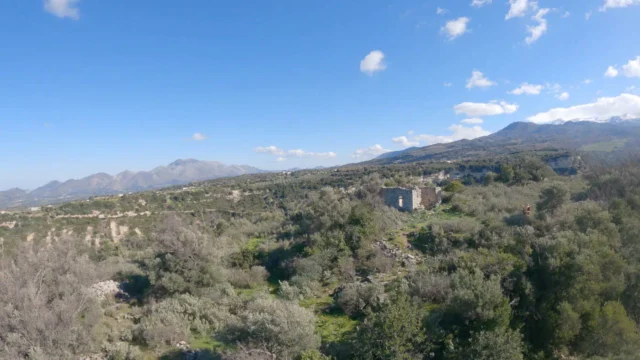

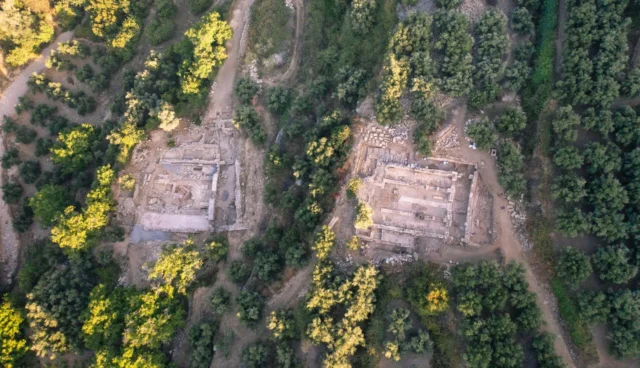

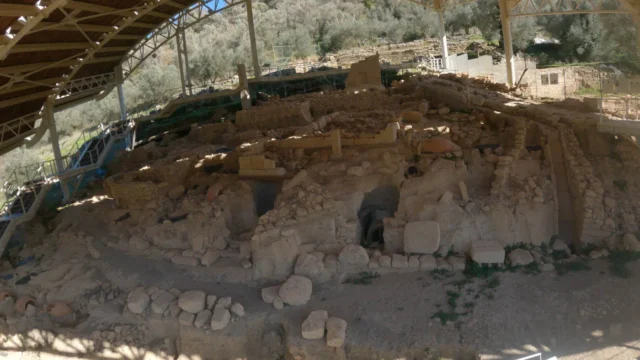

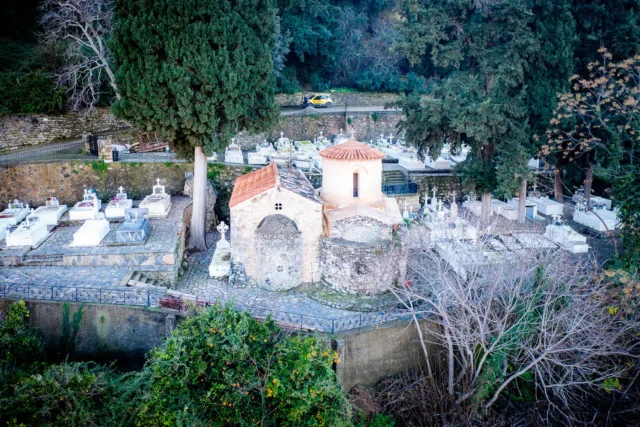

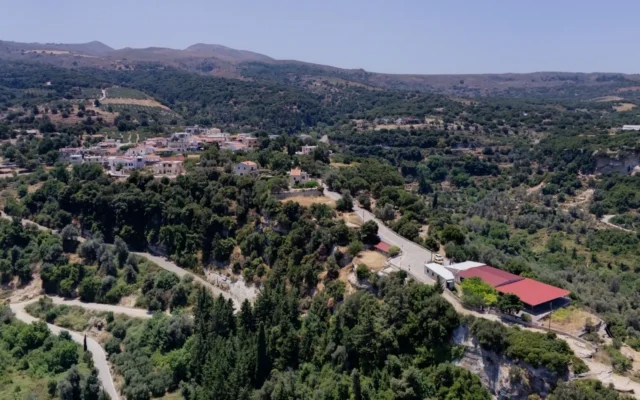
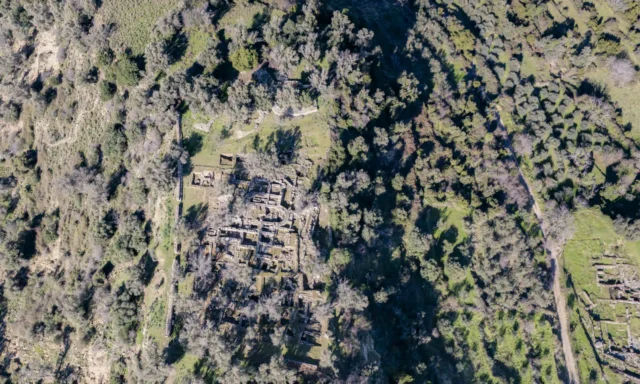
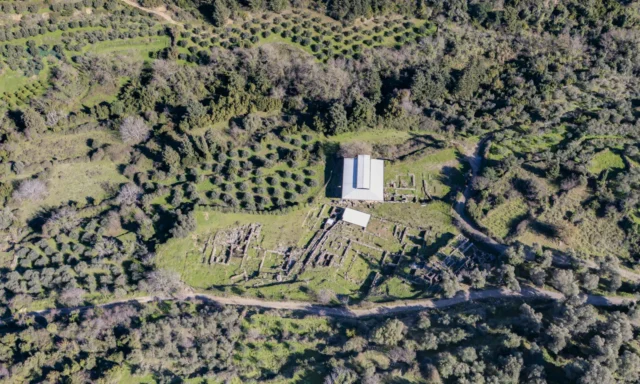
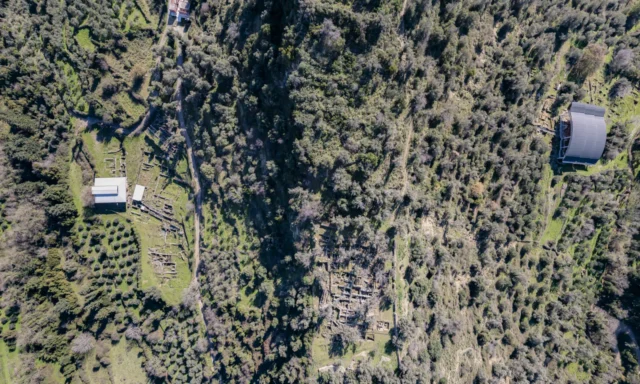

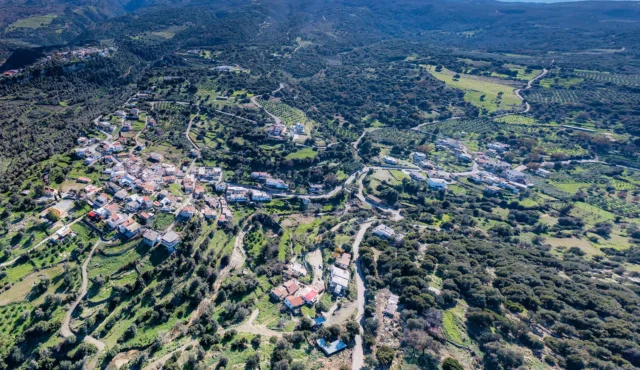
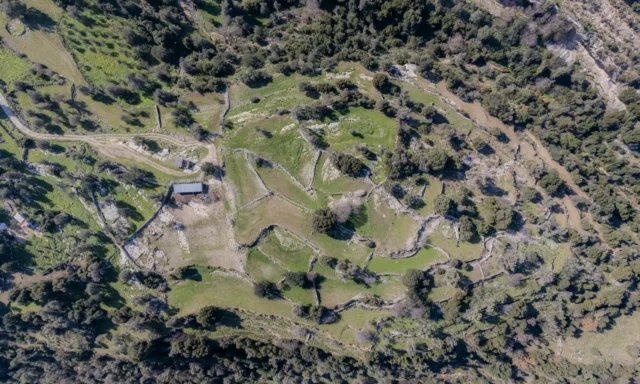
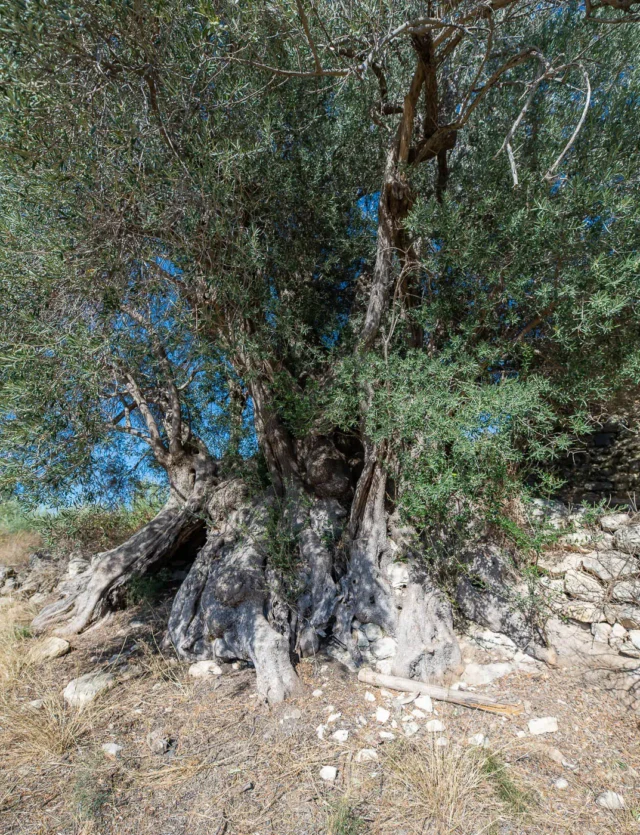
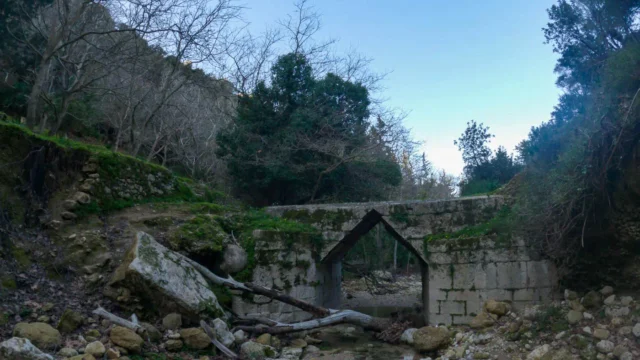


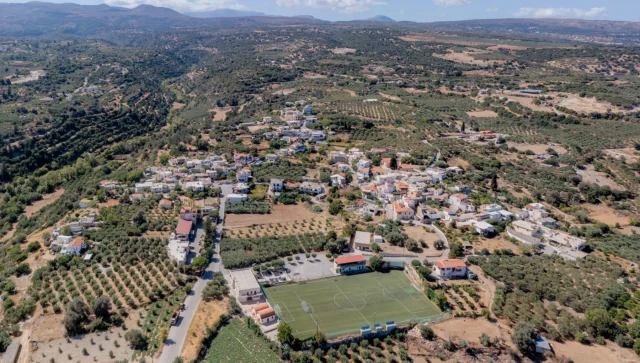
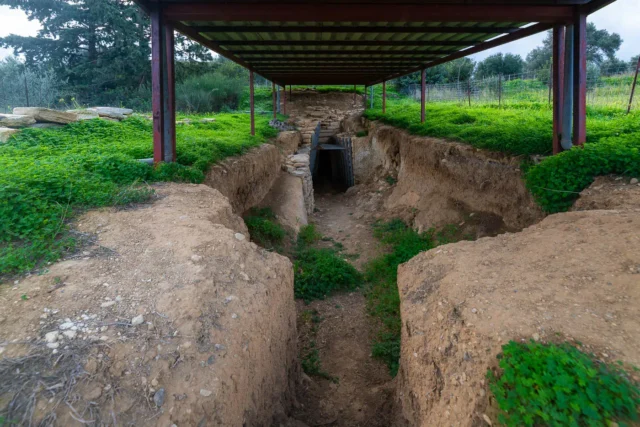

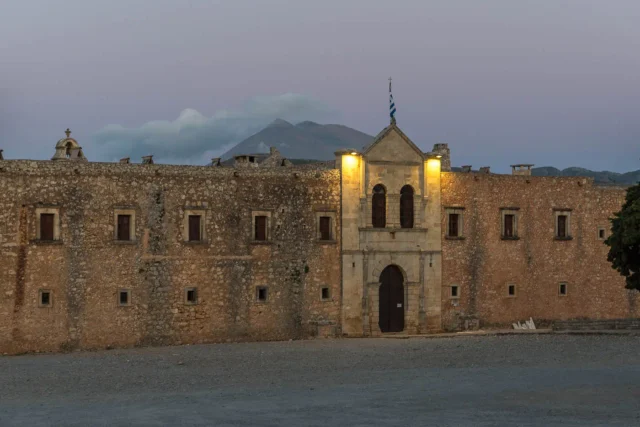

There are no comments yet.